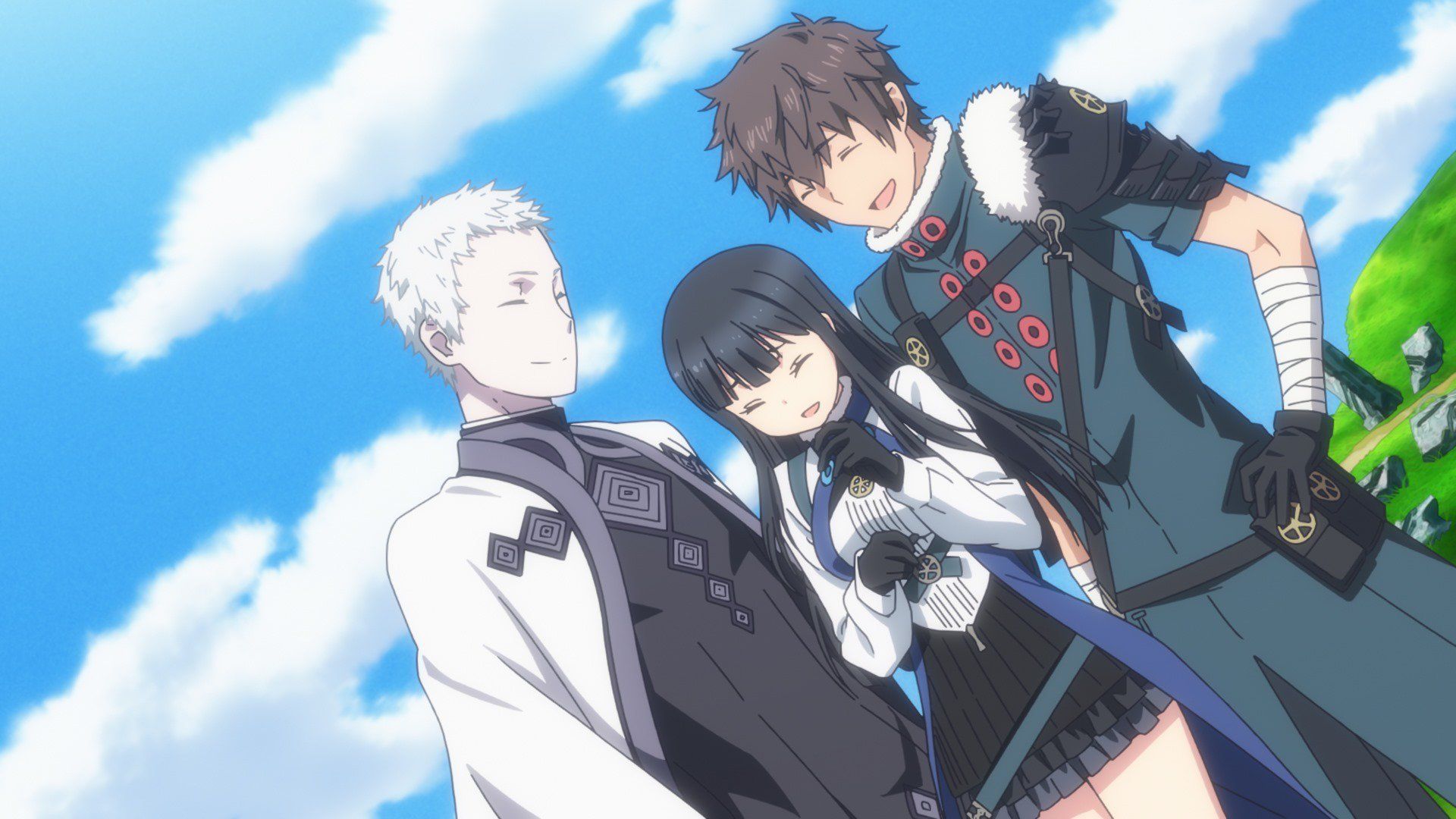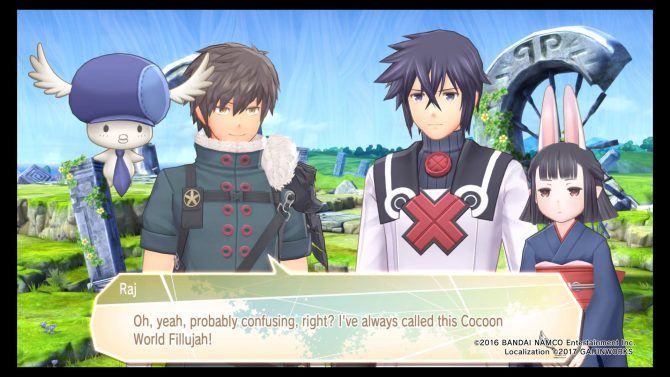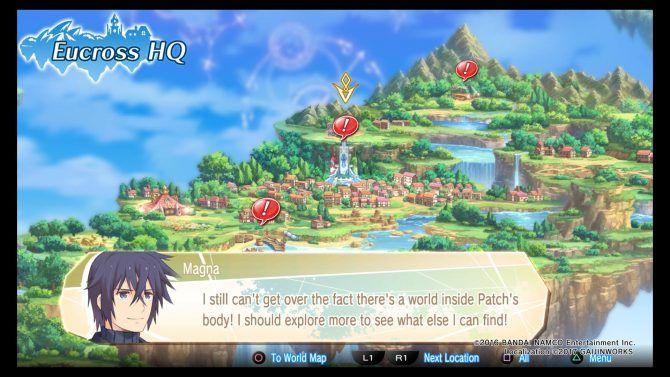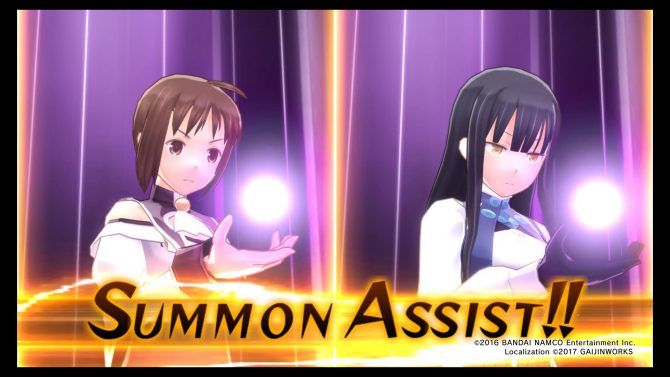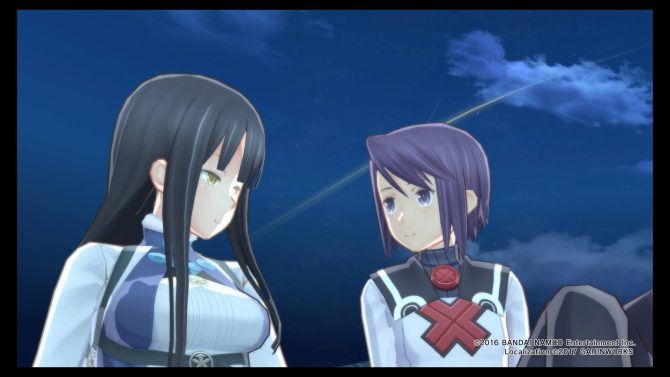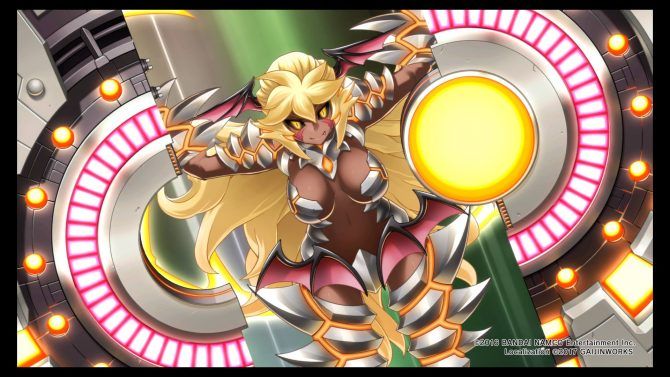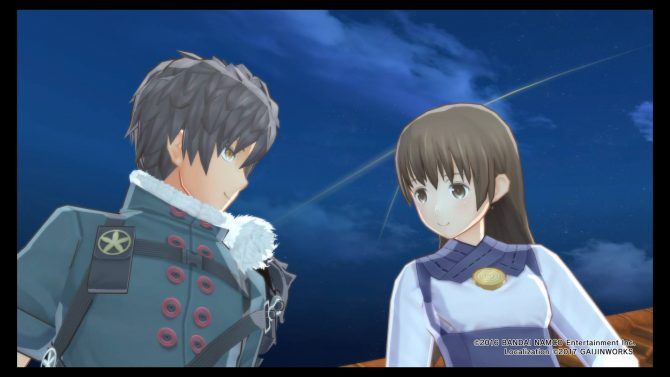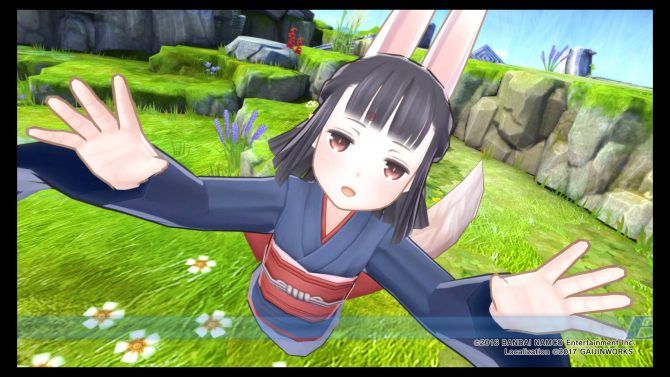The Summon Night series has always been a bitter pill to swallow for western JRPG fans. Many of the entries in the mainline titles have never been localized besides Summon Night 5 on PSP in 2016. The series commits to a well-told story with a large cast of characters that are featured in multiple spin-offs and fandiscs.
Some might be worried that it's too late in the series' life to jump in and pick up the pieces. Luckily, this isn't so much case with Summon Night 6: Lost Borders, the newest entry in the series and the first to be developed on PlayStation 4 and PlayStation Vita, but it does hold it back in some areas. However, with no reference material, a lot of the game's better moments require a great localization from publisher GaijinWorks, who I believe handled it expertly.
Summon Night 6: Lost Borders begins by introducing Raj as the main protagonist who is the only human living on the world of Fullijah. Along with his partner, Patch, Raj has been living off of items that randomly fall from the sky since before he could remember and is actually content with his life. One day his whole world changes when Magna, a character from Summon Night 2 and resident of the world Lyndbaum, mysteriously falls from sky and becomes the first human that Raj has ever encountered.
Raj shares the main protagonist spotlight with two other characters, Amu and Ist. Each have similar circumstances and also believe that they are alone in the world. Evidently, Fullijah is connected through multiple timelines and alternative futures. It might sound like a strange premise, but I actually picked up on it quite easily with help of the game's text-heavy story sections.
[pullquote]"Summon Night 6: Lost Borders might be considered an SRPG, but the game's main focus is character development through story events."[/pullquote]
Summon Night 6: Lost Borders might be considered an SRPG, but the game's main focus is character development through story events. Between battles, players will have access to main events and sub-events that usually have scenes of characters expressing their personal missions as well as learning more about Raj, Amu, and Ist's world.
Each character that falls from the sky is from a past entry of the Summon Night series. The game doesn't require the player to know too much about the characters, but it helps to spend some time read about them. Summon Night 6 makes this a little easier with a Gallery area that hosts a library of information about each character and which game they are from. It also helps give an understanding of where they are placed in the timeline of Lyndbaum. However, these library entries are only found in chests during battles and will require characters to go out of their way to open them.
The idea of multiple timelines can be extremely difficult to pull off and I feel that this is where a good localization is necessary. Reading through Summon Night 6, GaijinWorks proved that they can create a good localized story that doesn't stray too far from the source, as seen in Summon Night 5 (which I enjoyed, but thought it had some cringy moments).
As a main protagonist, Raj is clueless and optimistic, which are characteristics that I usually find annoying. Thankfully, he goes through plenty of character growth as he gains more social experience and figures out more about his world. On the other hand, Amu is disconnected and prefers to be alone as she discovers the benefits of having friends.
The story of Summon Night 6 is okay at best -- there are plenty of key moments that make you want to continue, but there are also times when I felt my finger hovering over the fast forward button on the controller. This is mainly due to the characters rambling on and on about a subject they've already discussed, or even going completely off topic and losing my interest.
That's not to say that I didn't like enjoy the characters, but I also had to invest some time in reading up on them as they appeared in the game. I understand that some players might not do this and they'll have their own experience, but Summon Night 6 feels like a reunion of characters that I knew nothing about, even though I ended up finding them to be rather interesting.
This happens frequently during battles when facing a group of enemies and character reinforcements arrive. The party seems so relieved and excited by their appearance, but I'm forced to go to Google to see who they are in the series and why they are important. Again, this isn't at the fault of the localization team, but it just made me wish that I knew more about this large cast of characters.
The SRG battles system in Summon Night 6 is awesome and shows many improvements when compared to that of Summon Night 5. Set on a grid-based map, players will choose which character to deploy into battle with the others acting as reserves. The game encourages the party to stick together throughout the battle by utilizing many team-based attacks that require two or more party members.
Abilities such as Summon Arts can be strengthened in battle with the support of nearby party members and spare MP, while more powerful attacks like Summon Burst only need the help of two party members. Summon Burst can turn the tide of a failing battle and are necessary for end level attacks against the stronger enemies or boss.
Additionally, players are able to interact with the field by placing stepping stones next to unreachable areas as well as utilizing map gimmicks such as quicksand to their advantages. Some maps are a bit narrow in certain parts which slows down the flow of battle, but I can't really complain when each character has a nice counter ability along with a few unique ranged attack skills.
The only issue that I could find with the battle system is the difficulty settings where the Normal setting is not very challenging at all, but the hard setting requires deep planning and an understanding of your party's strengths. Thankfully, the difficulty can be switched at any time and I would just level up on Normal and then switch it to Hard to test my strategy skills.
Post battles is where players will distribute experience to the party who survived the battle. Experience is shared between the entire party so it's best to only level up characters that you use a lot in battle because there are a ton of playable characters.
Other systems include weapon strengthening and skill improvement, the latter allows players to add new skills to characters with points gained during battles. It's possible to create some pretty powerful characters to the point where it comes as no surprise when an enemy hits you for only 1 amount of damage. Which just makes me wish that the difficulty was a bit more balanced.
A feature that has become a staple for the Summon Night series is the night time scenes between one of the main protagonists and another member of the party. After a large event battle, players will be able to choose a character who they wish to spend more time with. Doing so will increase their affinity with the character, but it also had an affect on the story. Other additional features include cooking and fishing that offer a break from the story and battles.
Summon Night 6 features a branching narrative with over 20 endings. This isn't explained very well during these night time talks, but it's figured out later on as the level of affinity with a particular character raises. I had an interesting time during these scenes and felt like it was a great way to conclude a chapter after a difficult battle.
[pullquote]"Summon Night 6 proves that a decent localization can help a series that has very little presence in the West."[/pullquote]
Summon Night 6 is a good SRPG with a decent story that would be better had the west received more of the mainline Summon Night titles. Even though there is an in-game encyclopedia, its pages are unlocked in chests during main event battles which are often tough to get to. With that said, the characters explain themselves well enough and set the premise up in an understanding way that allowed me to easily follow the events and figure out more about both Fulljah and Lyndbaum.
Summon Night 6 proves that a decent localization can help a series that has very little presence in the West. With some unique SRPG mechanics as well as good character development, Summon Night 6 could easily become a fan favorite in the West and hopefully pave the way for future and past entries in the series to be localized. At this point, I'm excited to wrap up this review and continue to spend some one-on-one time with Toris (I see you quickly going to Google to figure out who she is).
Summon Night 6: Lost Borders
- Platform
- PS4
- Developer
- Media Vision
- Publisher
- GaijinWorks
- Genre
- RPG, Strategy

